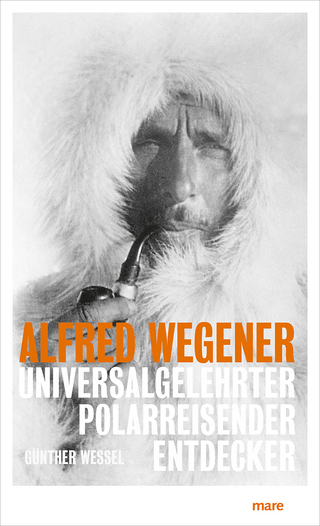
Citizen Justice
Potomac Books Inc (Verlag)
978-1-64012-300-7 (ISBN)
- Lieferbar (Termin unbekannt)
- Versandkostenfrei
- Auch auf Rechnung
- Artikel merken
2023 Rachel Carson Environment Book Award First Honorable Mention
2024 Wildlife Society's Publication Awards shortlist
U.S. Supreme Court Justice William O. Douglas was a giant in the legal world, even if he is often remembered for his four wives, as a potential vice-presidential nominee, as a target of impeachment proceedings, and for his tenure as the longest-serving justice from 1939 to 1975. His most enduring legacy, however, is perhaps his advocacy for the environment.
Douglas was the spiritual heir to early twentieth-century conservation pioneers such as Teddy Roosevelt and John Muir. His personal spiritual mantra embraced nature as a place of solitude, sanctuary, and refuge. Caught in the giant expansion of America’s urban and transportation infrastructure after World War II, Douglas became a powerful leader in forging the ambitious goals of today’s environmental movement. And, in doing so, Douglas became a true citizen justice.
In a way unthinkable today, Douglas ran a one-man lobby shop from his chambers at the U.S. Supreme Court, bringing him admiration from allies in conservation groups but raising ethical issues with his colleagues. He became a national figure through his books, articles, and speeches warning against environmental dangers. Douglas organized protest hikes to leverage his position as a national icon, he lobbied politicians and policymakers privately about everything from logging to highway construction and pollution, and he protested at the Supreme Court through his voluminous and passionate dissents.
Douglas made a lasting contribution to both the physical environment and environmental law—with trees still standing, dams unbuilt, and beaches protected as a result of his work. His merged roles as citizen advocate and justice also put him squarely in the center of ethical dilemmas that he never fully resolved. Citizen Justice elucidates the why and how of these tensions and their contemporary lessons against the backdrop of Douglas’s unparalleled commitment to the environment.
M. Margaret McKeown has served almost twenty-five years as a judge on the U.S. Court of Appeals for the Ninth Circuit. She is a member of the American Academy of Arts and Sciences, an affiliated scholar at the Center for the American West at Stanford University, and jurist-in-residence at the University of San Diego School of Law. As a former White House Fellow, she served as special assistant at the White House and as special assistant to the Secretary of the Interior. A Wyoming native, she serves on the board of Teton Science Schools and was a member of the first American expedition to Mt. Shishapangma in Tibet.
List of Illustrations
Preface
1. The Man and His Mountains
2. Political Washington—A Long Way from Yakima
3. Douglas and the Conservation Movement Come of Age
4. Taking on the Washington Post
5. Dissenting on the Road
6. Supreme Advocate—Dissenting in the Corridors of Power
7. America’s Teacher—Writing a New Script for Conservation Action
8. Dissenting on the Court
9. The Trees Are Still Standing—The Backstory of Sierra Club v. Morton
10. Coming Home—Wilderness Bill Dissenting in His Own Backyard
11. Lessons and Legacies
Acknowledgments
Appendix: Mardy Murie’s Cry Baby Cookies
Notes
Further Reading
Index
| Erscheinungsdatum | 29.07.2022 |
|---|---|
| Zusatzinfo | 24 photographs, 1 illustration, 1 appendix, index |
| Verlagsort | Dulles |
| Sprache | englisch |
| Maße | 152 x 229 mm |
| Themenwelt | Literatur ► Biografien / Erfahrungsberichte |
| Sachbuch/Ratgeber ► Geschichte / Politik | |
| Geisteswissenschaften ► Geschichte ► Regional- / Ländergeschichte | |
| Naturwissenschaften ► Biologie ► Ökologie / Naturschutz | |
| Recht / Steuern ► Allgemeines / Lexika | |
| ISBN-10 | 1-64012-300-8 / 1640123008 |
| ISBN-13 | 978-1-64012-300-7 / 9781640123007 |
| Zustand | Neuware |
| Haben Sie eine Frage zum Produkt? |
aus dem Bereich


